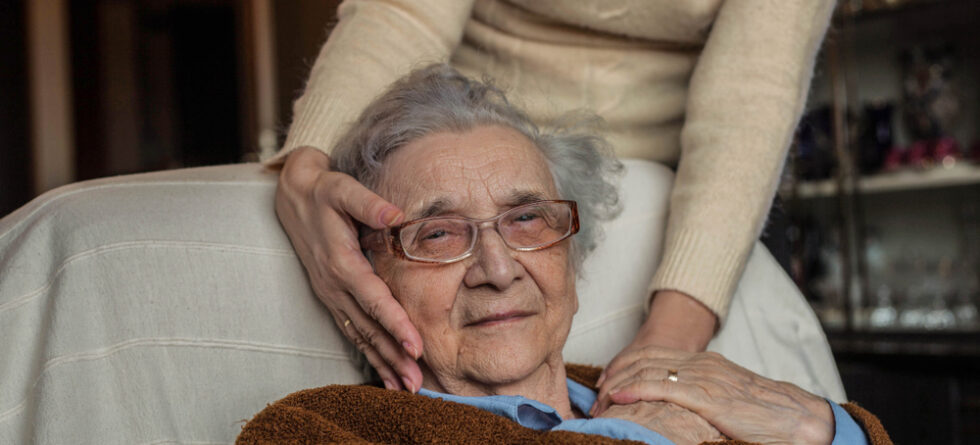Two common options for individuals who require assistance with daily activities and medical needs are care homes and nursing homes. While these terms are often used interchangeably, they represent distinct types of facilities with different levels of care and services. Understanding the difference between care homes and nursing homes is essential for making informed decisions about long-term care options for yourself or your loved ones.
Care Homes
Care homes, also known as residential care homes or assisted living facilities, provide a supportive environment for individuals who require assistance with activities of daily living (ADLs) but do not need 24-hour medical supervision.
Here are some key features of care homes…
- Assistance with Daily Activities – Care homes offer assistance with tasks such as bathing, dressing, grooming, medication management, and meal preparation. Trained staff members are available to provide personalized care and support tailored to the individual needs of residents.
- Socialization and Recreation – Care homes promote socialization and engagement by offering recreational activities, social events, and communal dining experiences. Residents have the opportunity to participate in group activities and form meaningful connections with peers in a supportive community setting.
- Home-like Environment – Care homes typically resemble traditional homes or apartments, with private or shared living quarters, common areas, and outdoor spaces. This homelike environment fosters a sense of independence, privacy, and comfort for residents while maintaining access to supportive services.
Nursing Homes
Nursing homes, also known as skilled nursing facilities (SNFs) or long-term care facilities, provide comprehensive medical care and supervision for individuals with complex medical needs or chronic conditions.
Here are some distinguishing features of nursing homes…
- 24-Hour Medical Care – Nursing homes have licensed nurses and healthcare professionals on-site around the clock to provide skilled nursing care, medication management, wound care, physical therapy, and other medical services. These facilities are equipped to handle complex medical needs and emergencies.
- Rehabilitation Services – Nursing homes often offer rehabilitation services such as physical therapy, occupational therapy, and speech therapy to help residents recover from surgeries, injuries, or illnesses and regain functional independence.
- Specialized Care Units – Some nursing homes have specialized care units for individuals with specific medical conditions such as dementia, Alzheimer’s disease, or Parkinson’s disease. These units provide specialized care and programming tailored to the unique needs of residents with cognitive impairments.
While both care homes and nursing homes provide care and support for seniors, they serve different purposes and cater to individuals with varying levels of care needs. Care homes offer assistance with daily activities and foster a supportive community environment, while nursing homes provide 24-hour medical supervision and comprehensive medical care for individuals with complex medical needs. By understanding the differences between these two types of facilities, individuals and families can make informed decisions about the most suitable long-term care options for their unique circumstances.







